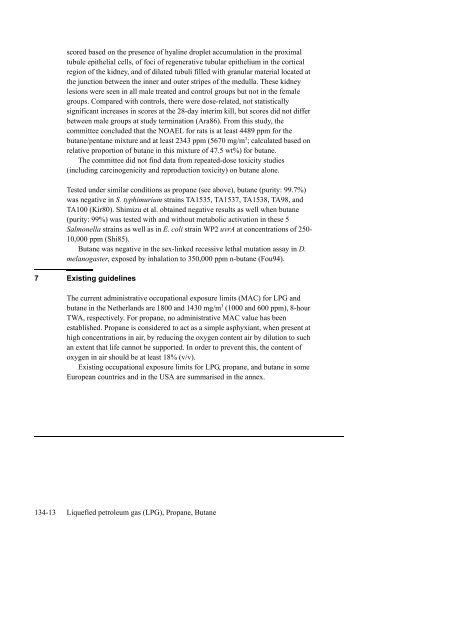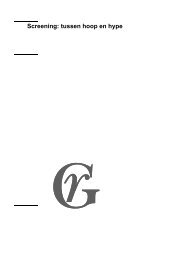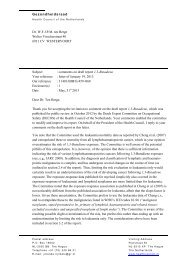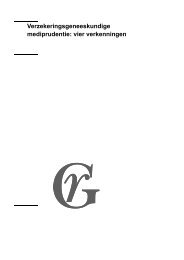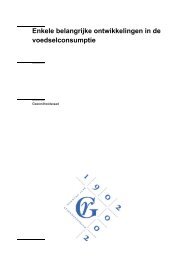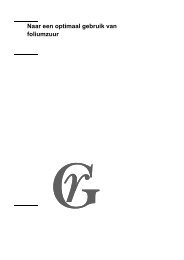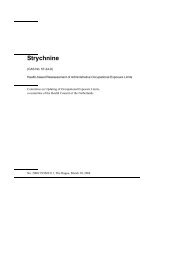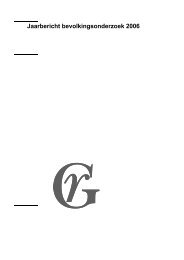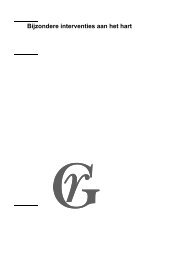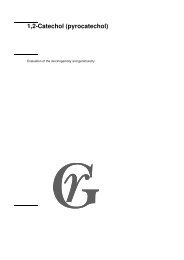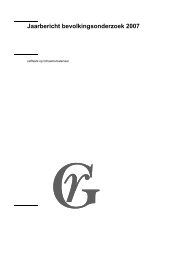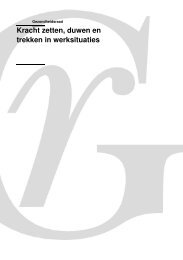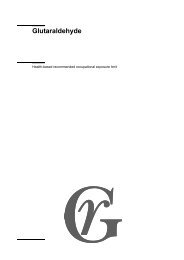Liquefied petroleum gas (LPG) - Gezondheidsraad
Liquefied petroleum gas (LPG) - Gezondheidsraad
Liquefied petroleum gas (LPG) - Gezondheidsraad
Create successful ePaper yourself
Turn your PDF publications into a flip-book with our unique Google optimized e-Paper software.
scored based on the presence of hyaline droplet accumulation in the proximal<br />
tubule epithelial cells, of foci of regenerative tubular epithelium in the cortical<br />
region of the kidney, and of dilated tubuli filled with granular material located at<br />
the junction between the inner and outer stripes of the medulla. These kidney<br />
lesions were seen in all male treated and control groups but not in the female<br />
groups. Compared with controls, there were dose-related, not statistically<br />
significant increases in scores at the 28-day interim kill, but scores did not differ<br />
between male groups at study termination (Ara86). From this study, the<br />
committee concluded that the NOAEL for rats is at least 4489 ppm for the<br />
butane/pentane mixture and at least 2343 ppm (5670 mg/m 3 ; calculated based on<br />
relative proportion of butane in this mixture of 47.5 wt%) for butane.<br />
The committee did not find data from repeated-dose toxicity studies<br />
(including carcinogenicity and reproduction toxicity) on butane alone.<br />
Tested under similar conditions as propane (see above), butane (purity: 99.7%)<br />
was negative in S. typhimurium strains TA1535, TA1537, TA1538, TA98, and<br />
TA100 (Kir80). Shimizu et al. obtained negative results as well when butane<br />
(purity: 99%) was tested with and without metabolic activation in these 5<br />
Salmonella strains as well as in E. coli strain WP2 uvrA at concentrations of 250-<br />
10,000 ppm (Shi85).<br />
Butane was negative in the sex-linked recessive lethal mutation assay in D.<br />
melano<strong>gas</strong>ter, exposed by inhalation to 350,000 ppm n-butane (Fou94).<br />
7 Existing guidelines<br />
The current administrative occupational exposure limits (MAC) for <strong>LPG</strong> and<br />
butane in the Netherlands are 1800 and 1430 mg/m 3 (1000 and 600 ppm), 8-hour<br />
TWA, respectively. For propane, no administrative MAC value has been<br />
established. Propane is considered to act as a simple asphyxiant, when present at<br />
high concentrations in air, by reducing the oxygen content air by dilution to such<br />
an extent that life cannot be supported. In order to prevent this, the content of<br />
oxygen in air should be at least 18% (v/v).<br />
Existing occupational exposure limits for <strong>LPG</strong>, propane, and butane in some<br />
European countries and in the USA are summarised in the annex.<br />
134-13 <strong>Liquefied</strong> <strong>petroleum</strong> <strong>gas</strong> (<strong>LPG</strong>), Propane, Butane


